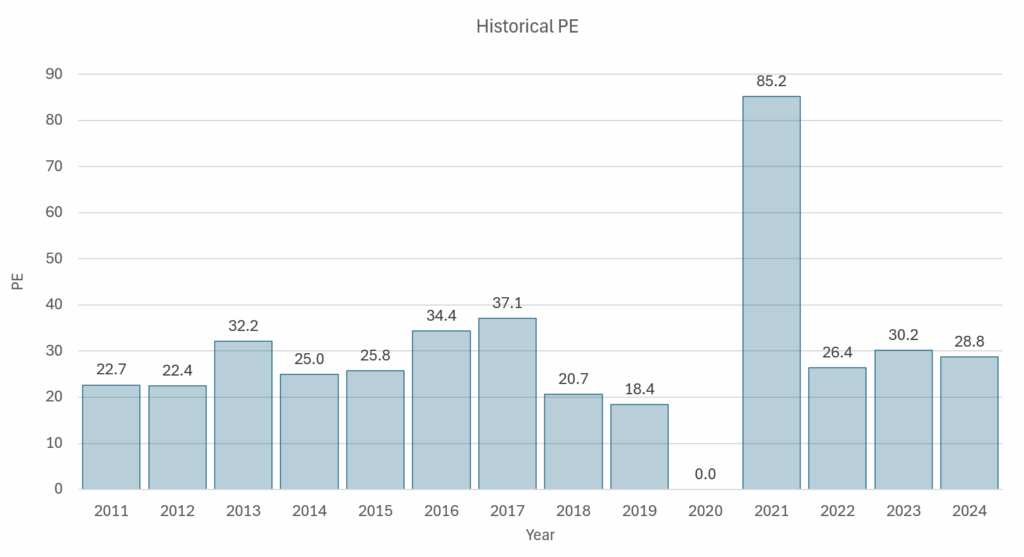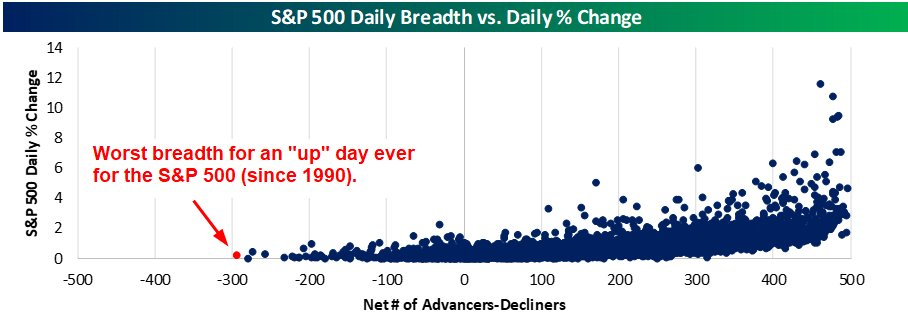Why JPMorgan’s Jamie Dimon Is Betting Big on Safe Passive Income—and Why You Should Too (Before It’s Too Late)
Ever wonder what it really means to prepare for the worst and still thrive? My friend Ser Jing, a sharp portfolio manager at The Compounder Fund, recently shared a gem from Jamie Dimon’s interview at Acquired that brilliantly unpacks the essence of the Safe Withdrawal Rate—a concept that quietly governs how we plan for income over decades. You see, Jamie’s mindset on risk management during the harrowing days of the Great Financial Crisis isn’t just for banking titans; it’s a blueprint for anyone who wants their income—and business—to not just survive, but endure the unforeseen fat tails life throws at us. So, before you get lured by those tempting dividend yields or shiny stock picks that promise quick gains, ask yourself: are you truly prepared to handle the worst and still be standing tall? Because, as Jamie warns, it’s not about predicting the storm, but about building the resilience to weather it. Ready to rethink how you guard your financial future? LEARN MORE
My friend Ser jing, portfolio manager at The Compounder Fund, shared a part of this Jaime Dimon interview at Acquired that explains the essence of the Safe Withdrawal Rate in Income Planning: What We’re Reading for Week Ending 03 August 2025 @ The Good Investors.
Ser Jing picked out the part where Jaime was discussing his mindset when thinking about risk management for JPMorgan, especially going into the Great Financial Crisis.
Ben: It seems like your philosophy is that the worst thing will happen. So just plan for it. Don’t say, oh, we’re good as long as this crazy, insane four Sigma event doesn’t happen. You’re like, no. That will happen, and it happens often.
Jamie: Yeah. When I look at it, when I do stress tests and a risk for high yield, I remember getting to J.P. Morgan and going through the risk books. Their stress test was that high yield would move 40%, the credit spread. That time was at 400 or whatever it was. That means 560.
I said, no. Our stress test is going to be worst ever. Worst ever was 17%. They said, that’ll never happen again. The market’s more sophisticated. Well, in 2008, it hit 20% and you couldn’t have sold a bond. There was no market. So those things do happen.
The point isn’t that you’re trying to guess them. The point is you can handle them, so you continue to build your business. I always look what I call the fat tails and manage that we can handle all the fat tails. Not the stress test the Fed gives us, but all the fat tails.
Markets down 50%, interest rates up to 8%, credit spreads back to worst ever. Of course, your results will be worse, but you’re there. The thing about financial services, leverage kills you. Aggressive accounting can kill you, which a lot of companies do. Also, confidence. If you lose money as a financial company—I always knew this too—the headlines are people read that. If they’re a line on putting their money with you, they look at that difference.
Jaime basically gave us the parameters what could be so challenging to navigate for a bank in that last bolded, underline highlight.
Jaime said during the interview that he is always risk conscious. But he emphasize that we should not confuse conscious with getting rid of risk. It means properly pricing risks and understanding the potential outcomes.
His long time operating experience gave him a breadth of dataset.
The breadth of dataset tells him not to fxxk around if you still want a company after that.
In a way, this is what I feel people greatly misunderstood about the safe withdrawal rate in income planning. The safe withdrawal rate framework, helps you figure out the amount of capital you need to provide an inflation-adjusted (or real) income that can last 30,40, 50, 60 years that matches your planning needs.
Often it works out to be a lower number, say 3% of your capital. This means if you need $60,000 of annual income, the capital you need is $2 million.
Some would tell me “but Kyith, DBS currently trades at this and give a dividend yield of 6%. If I put all in DBS shares I just need $1 million. In fact, you don’t have to look at DBS. There are a lot of dividend stocks that can be higher than that. Don’t you think the Safe Withdrawal Rate is a poorer method to give income?”
Well then my question to you is whether you seen how DBS gives dividend in their absolute worst period. I don’t have that answer.
You all go figure out that.
I can tell you how a diversified portfolio of US equities and fixed income did in the Great Depression. In the midst of a 30-year persistently high inflation period that averages 5.5% a year. Or during boom town Charlie time.
The Safe Withdrawal Rate framework gives you the highest income that will survive the worst 30, 40, 50, 60-year periods. Which is equivalent to Jaime’s 17% credit spread.
Jaime Dimon will say the point is not to guess. The point is to make sure you can handle them so that you can continue to build the business [in this case, spend the income]
And I am sure everyone will say how important the bank is to Singapore, how it is one of the most well run bank in the world. You got to ask are you hoping or do you wish for a plan that based less on hoping.
Why do we be conservative with some things?
Jaime explains the why. How important is it for him (and the people) to have a bank after that?
Ben: They lose trust.
Jamie: They lose trust, and that’s what’s caused you’ve seen runs on banks. You saw some recently because people take their money out.
In a similar manner, you got to ask about why you would go into that extent.
Most people imagine having an income that allows them to stop work anytime and not having to go and find work. If so, if there is ever a chance your portfolio will run low, so much as to worry you, to cut your spending more than you wish, or to look for a job 20 years later, when you already don’t have a work history, and older, would you rather prevent that than take a chance with that?
I think this is what you have to think about.
Some have the mindset that the risks of failure for income planning is not too different from saving up for your children’s university education. If your investments don’t work out, you take on loans, work longer, cut your retirement funds to provide for them. In other words, you adjust.
It is poor planning because you feel it is important but you adjust.
In my mind if you can always adjust, even bringing down a $10,000 a month income to spending $2,000 a month, then you don’t have to be so conservative. But then what does that make of your original sum?
i think this part is really good as well:
Ben: One, there’s a thing that you just said, which is that you might do worse, but you’re there. There’s this trade-off that you make where you’re less profitable in the short-term, but at least you stick around.
If you look back at the companies that you’ve run—Bank One, J.P. Morgan Chase—is that true in the good years that you’ve actually been less profitable than those who are risk on?
Jamie: A little bit. You’re saying that if you look at the history of banks from up until 2007, a lot of banks were earning 30% equity. Most of them went bankrupt. We never did that much. But in 2008 and 2009, we were fine and they weren’t.
But you want to build a real strong company with real margins, real clients, conservative accounting, where you’re not relying on leverage. It’s very easy to use leverage to jack up returns in any business, but in banking it could be particularly dangerous…
You have to think about what kind of risks you are willing to take and what kind of risks you really don’t want to take. And what does not taking those risks mean.
I think many people admire Jaime Dimon based on the performance of the share price of JPMorgan but doesn’t rate him for the cautious things he said in the media. Sometimes, you cannot separate both of them. A reason they are this good might be due to this kind of mindset.
Finally, the Safe Withdrawal Rate framework is not the only way to achieve a similar conservative income but it is the most empirical about figuring out the worst. If you have a portfolio of 10 companies, the worst case is that majority of them will be out of business in the long run. You have to think about that.
It may mean at 80 years old, you would still need to think about that 10 companies, if they are dying or thriving, and how much income you could extract out of them.
The final question to ponder about whether you have consider your income stream the way Jaime considers the survival of JPMorgan.
That Acquired Episode is Great. Jaime Dimon was fired and choose to get out of New York to go work at Struggling Bank One. He put in half his net worth into Bank One’s stock before he walked into the door the first day of work. His mindset is that he will go down with the ship or go up with the ship.
If you want to trade these stocks I mentioned, you can open an account with Interactive Brokers. Interactive Brokers is the leading low-cost and efficient broker I use and trust to invest & trade my holdings in Singapore, the United States, London Stock Exchange and Hong Kong Stock Exchange. They allow you to trade stocks, ETFs, options, futures, forex, bonds and funds worldwide from a single integrated account.
You can read more about my thoughts about Interactive Brokers in this Interactive Brokers Deep Dive Series, starting with how to create & fund your Interactive Brokers account easily.



















Post Comment